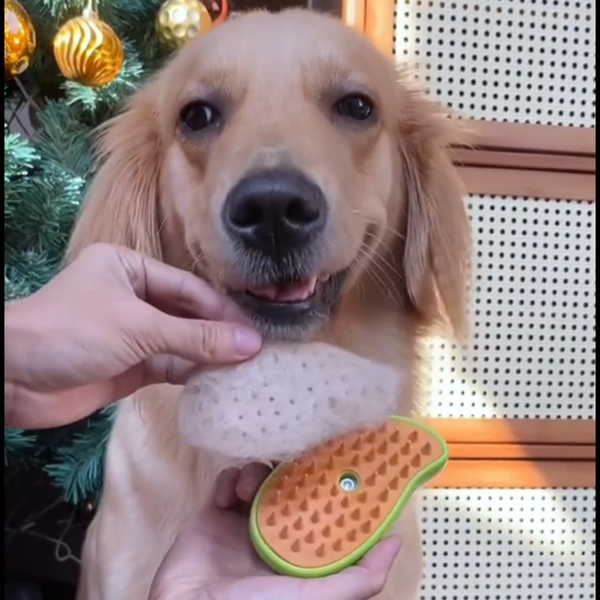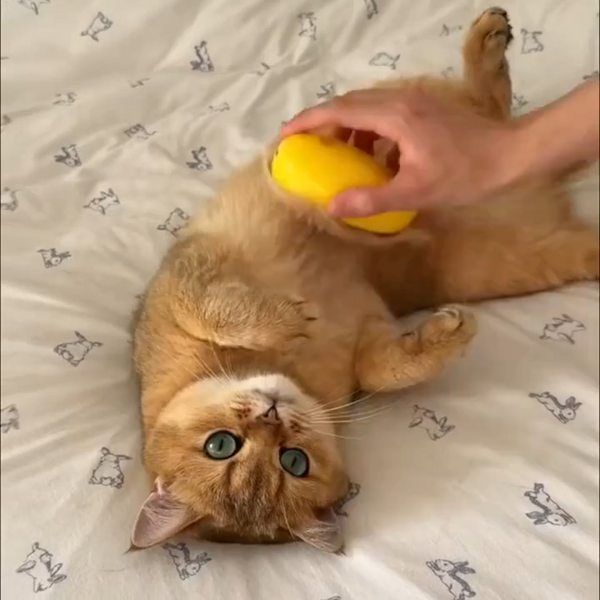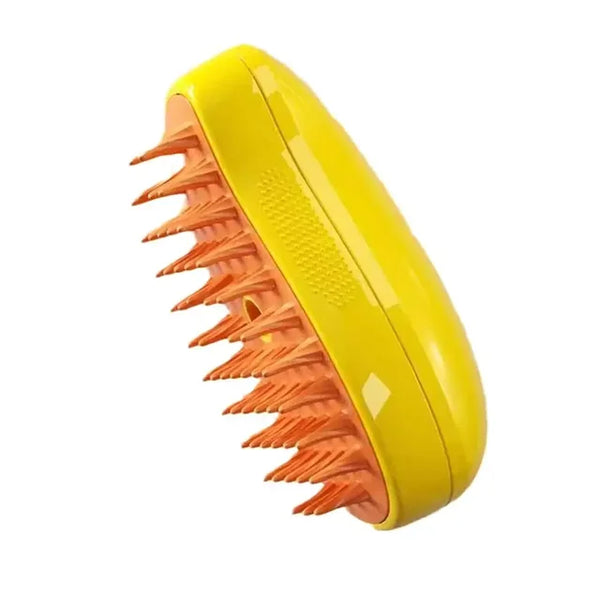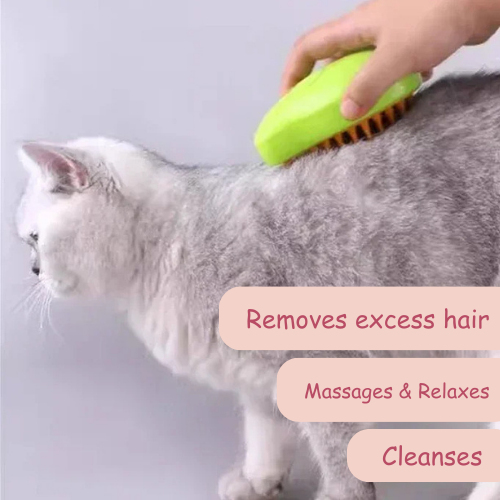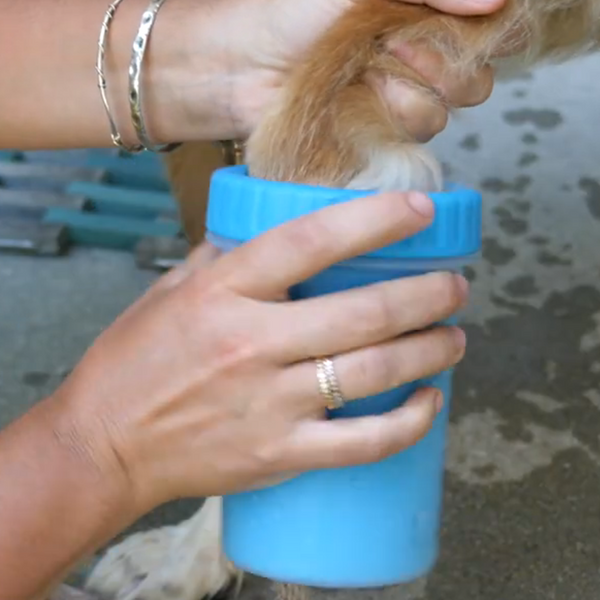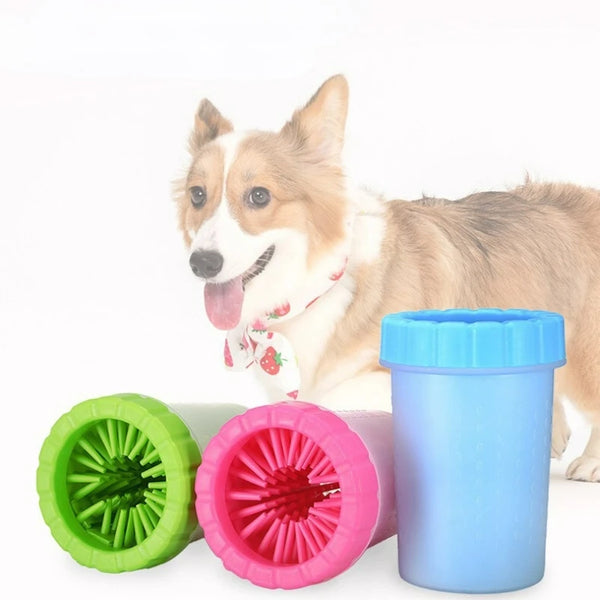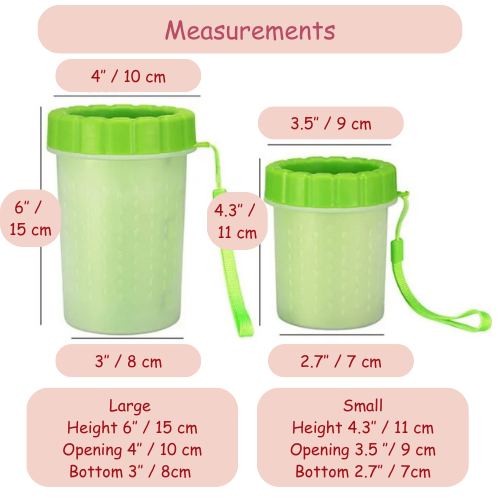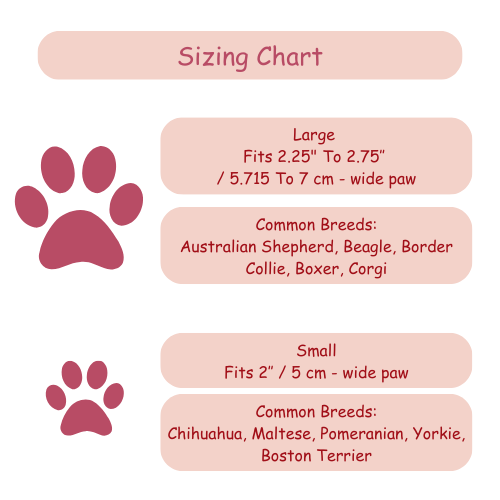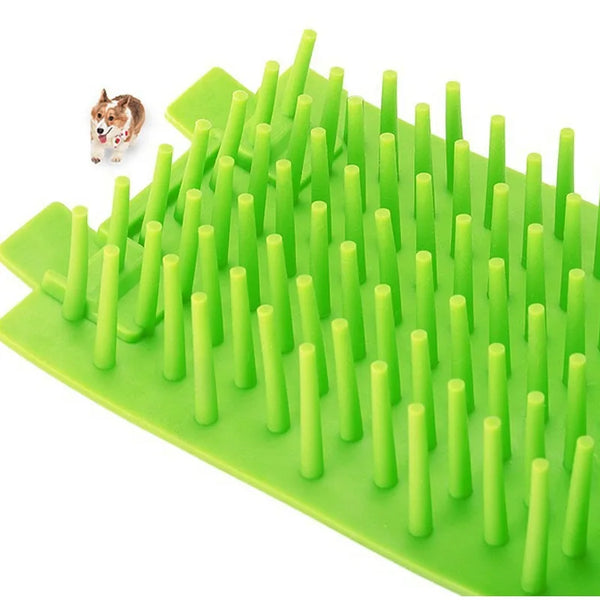As a responsible pet owner, it's crucial to prioritize your furry friend's hygiene. Regular grooming not only keeps your pet looking their best, but it also plays a significant role in their overall health and well-being. While professional grooming services are available, there are several simple and effective do-it-yourself (DIY) pet hygiene practices you can implement at home. In this blog post, we will explore some essential DIY pet grooming techniques that will help you maintain your pet's hygiene without breaking the bank.
1. Brushing: The Foundation of Pet Grooming
Regular brushing is a fundamental aspect of pet grooming. It helps remove loose hair, prevents matting, and stimulates the skin, promoting a healthy coat. The frequency of brushing depends on your pet's breed and coat type. Long-haired pets typically require daily brushing, while short-haired breeds may only need brushing once or twice a week.
2. Bathing: Keeping Your Pet Fresh and Clean
Bathing your pet is essential to keep them clean and odor-free. Use a pet-friendly shampoo and lukewarm water. Be sure to rinse thoroughly to remove all traces of shampoo, as leftover residue can irritate your pet's skin. The frequency of bathing varies depending on your pet's lifestyle and coat type. Generally, dogs should be bathed every 4-6 weeks, while cats may require less frequent bathing.
3. Nail Trimming: Preventing Painful Complications
Regular nail trimming is crucial for your pet's comfort and health. Overgrown nails can cause pain, difficulty walking, and even lead to joint issues. Use a pet nail trimmer or grinder specifically designed for pets. Be cautious not to cut into the quick, the sensitive part of the nail that contains blood vessels and nerves. If you're unsure, consult your veterinarian or a professional groomer.
4. Dental Care: Promoting Oral Health
Oral hygiene is often overlooked but plays a vital role in your pet's overall health. Establish a routine of brushing your pet's teeth using a pet toothbrush and toothpaste. Avoid using human toothpaste, as it may contain ingredients that are harmful to pets. Additionally, provide dental chews or toys that help reduce plaque and tartar buildup.
5. Ear Cleaning: Preventing Infections
Regular ear cleaning is essential, especially for pets with floppy ears or those prone to ear infections. Use a veterinarian-recommended ear cleaning solution and gently wipe the outer ear with a cotton ball or pad. Avoid inserting anything into the ear canal, as it can cause injury. If you notice any signs of infection, such as redness, swelling, or a foul odor, consult your veterinarian.
6. Eye Care: Keeping Those Peepers Sparkling
Proper eye care helps prevent eye infections and keeps your pet's eyes bright and healthy. Use a damp cloth or pet-safe eye wipes to gently clean around the eyes, removing any discharge or debris. If you notice excessive tearing, redness, or any other concerning symptoms, consult your veterinarian.
7. Regular Check-ups: Partnering with Professionals
While DIY pet grooming practices are essential, it's crucial to partner with veterinary professionals for regular check-ups. Veterinarians can provide expert guidance, identify any underlying health issues, and recommend specific grooming practices tailored to your pet's needs.
By implementing these DIY pet hygiene practices, you can ensure that your furry companion stays clean, healthy, and happy. Remember, always prioritize your pet's safety and well-being, and consult a professional if you have any concerns or questions.



